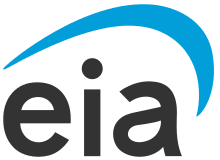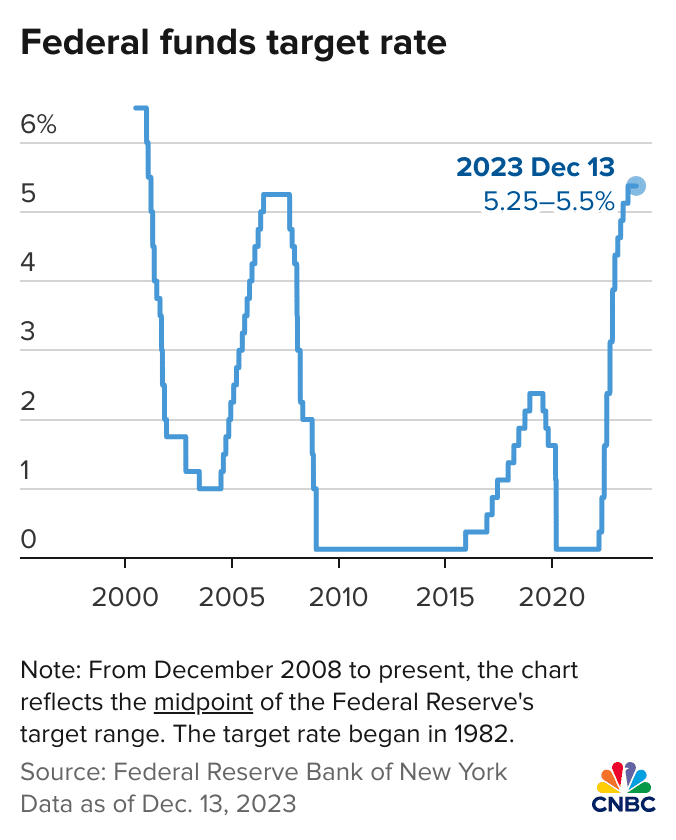Shortly after I moved to Texas in 2009 I began to hear about the massive discovery of shale-based oil and gas deposits in South Texas and West Texas, plus improved horizontal-drilling technology and techniques. It all pointed to, and indeed was, an American onshore energy revolution. Since then the United States has become the dominant oil and gas producer in the world. This development has been extremely positive for the Texas economy and the US economy.

As a markets guy, another thought I had back in 2009 was: “Welp! I guess solar and wind aren’t going to become price competitive for another generation?!” Fifteen years later, I still think that was the correct instinct.
This is background to a bunch of dramatic claims made in late June from the ordinarily staid The Economist magazine, which declared that exponential growth in solar technology as an energy source is poised to change the world over the next decade.
All things being equal…
I’m not neutral on the issue of renewable solar power versus other sources, although I’m relatively industry agnostic. All things being equal, I like the idea of renewables more than fossil fuels.
“Solar is the energy source of the future…” sounds like a claim I’ve been hearing since I was a kid in the 1970s and my parents installed some panels on our home’s roof. “…And always will be,” is the kiss-of-death epithet that has described solar since then, as compared to fossil fuels.
All things have not been equal, and fossil fuels have remained cheaper and more reliable under all weather conditions as our primary energy sources through 2024.
Energy abundance should be the goal
What I really am in favor of is energy abundance, because it spurs economies, innovation, and leads to a wealthier and even more egalitarian society. Energy abundance is why the simultaneous discoveries of the Eagle Ford shale and Permian shale deposits with improved horizontal drilling were good news (despite their role in delaying the attractiveness of renewables.) The hope for further energy abundance is why it would be amazingly good news if the growth of solar lived up to anything like the recent hype from The Economist.
Points for techno-optimists on solar power:
So here are some techno-optimist points in favor of The Economist’s dramatic claims about the growth of solar.
While the US currently depends on fossil fuels for 88 percent of its energy usage, renewables hit an all-time high at 8.8 percent last year, just now surpassing coal (8.7 percent.).
The Economist further claims that while currently 6 percent of the world’s energy is supplied by solar, in a decade from now it may be the largest source of energy in the world. That’s a big claim for a relatively short time period. It would be revolutionary, if true.
Solar capacity worldwide has grown 23 percent per year for the last five years. Compounding effects at 23 percent make for huge future gains. When you apply high annual compound growth rates like that, mathematically the results over a decade are astonishing. From an admittedly low base, it’s the growth rates of both solar and battery storage that have people jazzed up.
We should remember that the techno-optimist case for solar (as well as wind) relies on the concomitant growth in battery storage plants and technology. Utility-scale battery storage sites need to be deployed alongside solar and wind generating plants for when the sun don’t shine and the wind won’t blow.
So that is largely why The Economist claims “solar cells will in all likelihood be the single biggest source of electrical power on the planet by the mid 2030s,” just a decade from now.
Of course continuous compounding growth – aka exponential growth – is hard to do in the real physical world, because of supply constraints.
But there is some evidence even here in Texas that compound growth is actually happening.
The evidence, in part, is utility-scale battery storage.
Economist Noah Smith has argued recently that the revolutionary technology of the next decade will not be AI, but rather the staid battery. Batteries – especially utility-scale battery storage of renewable energy – might just change everything.
As of November 2023, Texas had installed utility-scale battery storage of 3.2 gigawatts, the second-most behind California’s 7.3 gigawatts. Texas’ battery storage capacity was roughly equal to all of the next 48 states combined. So that is a good start for the state. But we are getting better.
The US Energy Information agency listed the five biggest new construction battery storage projects in the US, of which four are in Texas. Each of these individual deals, bringing new storage capacity online in 2024 and 2025, is larger than any battery project currently operating in Texas.
Then consider this data: The EIA in May 2024 lists battery projects in Texas currently under construction or completed but not yet operational with a total capacity of 5.4 gigawatts, representing 170 percent growth over our current capacity in the state.
Battery-storage capacity – the key to renewables’ growth – is roughly doubling each year in Texas, in the United States, and globally.
Meanwhile solar projects in Texas with the same status as those battery storage projects in May 2024 – under construction or completed but not yet operational in 2024 – total 10.6 gigawatts.
Other important signs: According to a report by think tank RMI, battery costs have dropped 79 percent over the past decade. That same report points to global solar generation capacity doubling every 2-3 years for the past decade.
The virtuous cycle needed for exponential growth depends on the simultaneous rapid drop in costs along with economies of scale and improved technology.
Solar finally cheap enough?
“If it’s cheap, it shouldn’t need a subsidy” is a slogan I mostly endorse. Compared to fossil fuels, for the past few decades, renewables have not been cheap enough, without subsidies.
Of course, it’s theoretically fine to subsidize – and we have been subsidizing – future technologies that need a little extra boost to reach their full potential. But part of a true solar revolution – a 10x increase in usage from here – requires solar costs to beat fossil fuels under most scenarios. “Solar is the energy of the future…and always will be” is the fear of observers like me who think renewables should eventually be much cheaper, without subsidies.
Improved battery technology and massive increases in capacity provide the possibility that solar can finally be cheaper than fossil fuels. Fingers crossed.
A geopolitical cautionary thought: China is the absolute leader in technology and production of solar panels – running 80 to 90 percent of certain parts of the global supply chain. The government of China has, for strategic reasons, subsidized this dominance.
The Biden administration just increased tariffs in May 2024 on solar cells from China from 25 to 50 percent, which in the best case scenario allows the US, or other Western countries, a chance to build competitive solar manufacturing capacity, but will raise prices on solar panels in the short and medium term. That’s a big potential bump in the road to exponential growth.
“Are we there yet?” is both an annoying question from the back seat during a summer road trip, and also a relevant question for futurists’ hopeful thinking around the rapid development of renewables capacity.

The Economist says we are there, yet. The data on Texas from the EIA says we are there, yet. Energy futurists suggest we are there, yet. With energy abundance as the goal, I hope that over this next decade we are there, yet.
A version of this post ran in the San Antonio Express News and Houston Chronicle
Please see related posts:
Book Review: The Green and the Black by Gary Sernovitz
The Natural Gas Revolution Part I – Mad Max Bizarro World in South Texas
The Natural Gas Revolution Part II- No Dry Wells in South Texas
The Natural Gas Revolution Part III – What a Fracking Site Looks Like
The Natural Gas Revolution Part IV – How Large is Large?
The Natural Gas Revolution Part V – The Labor Market
Post read (145) times.





